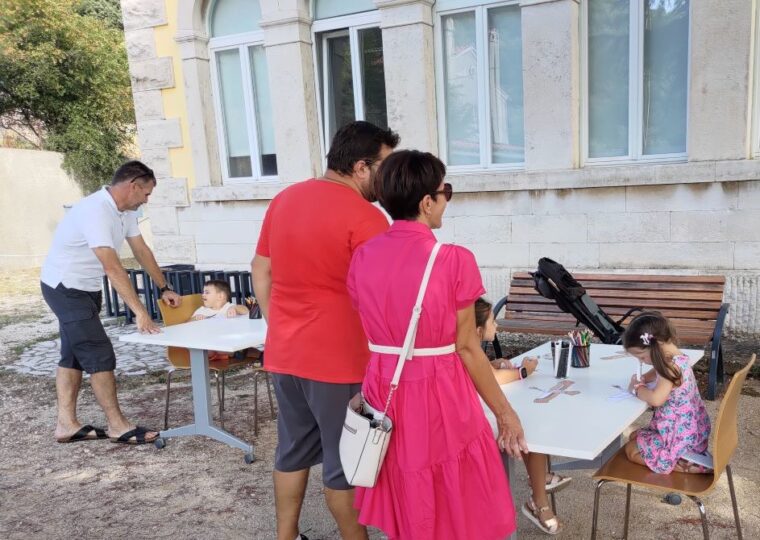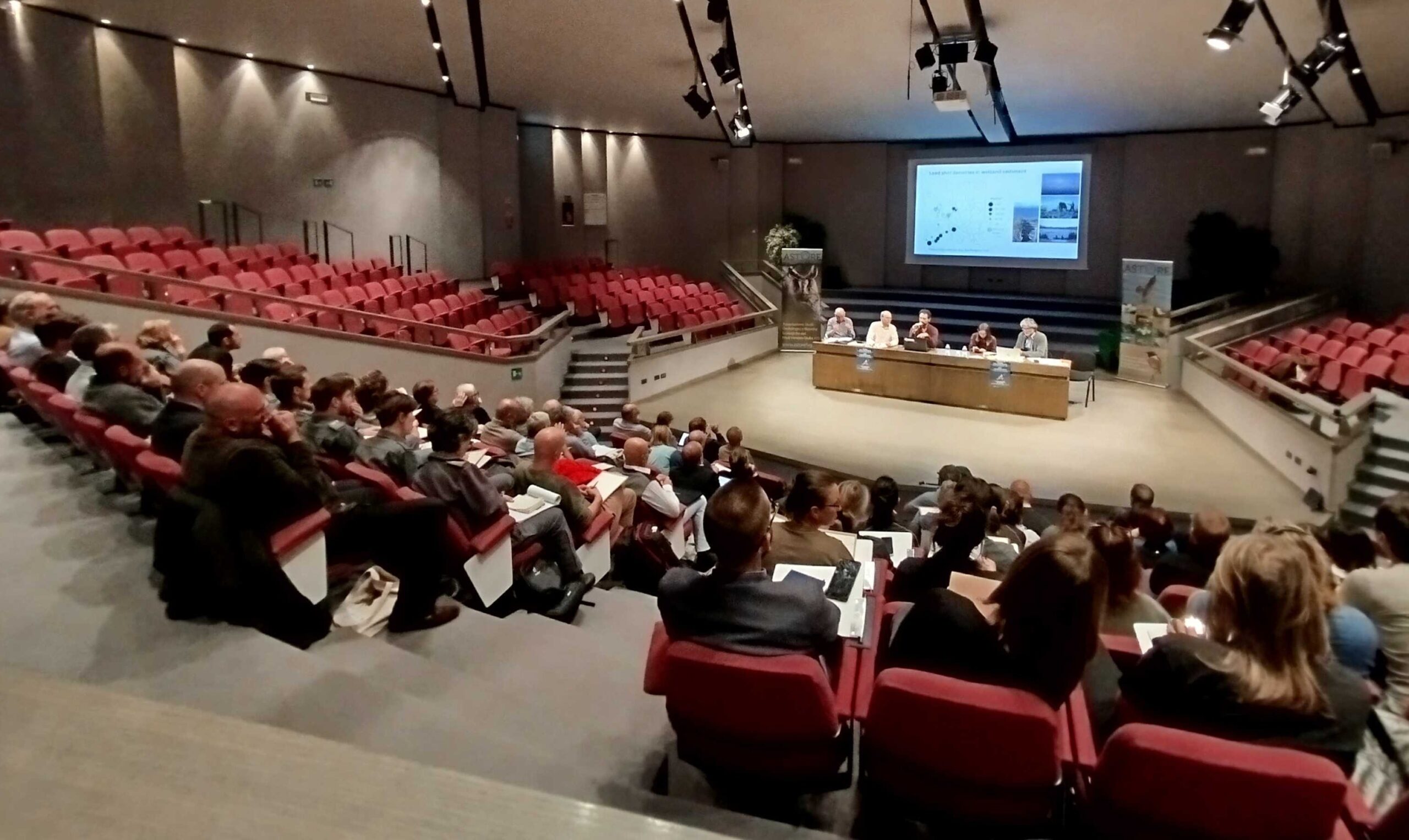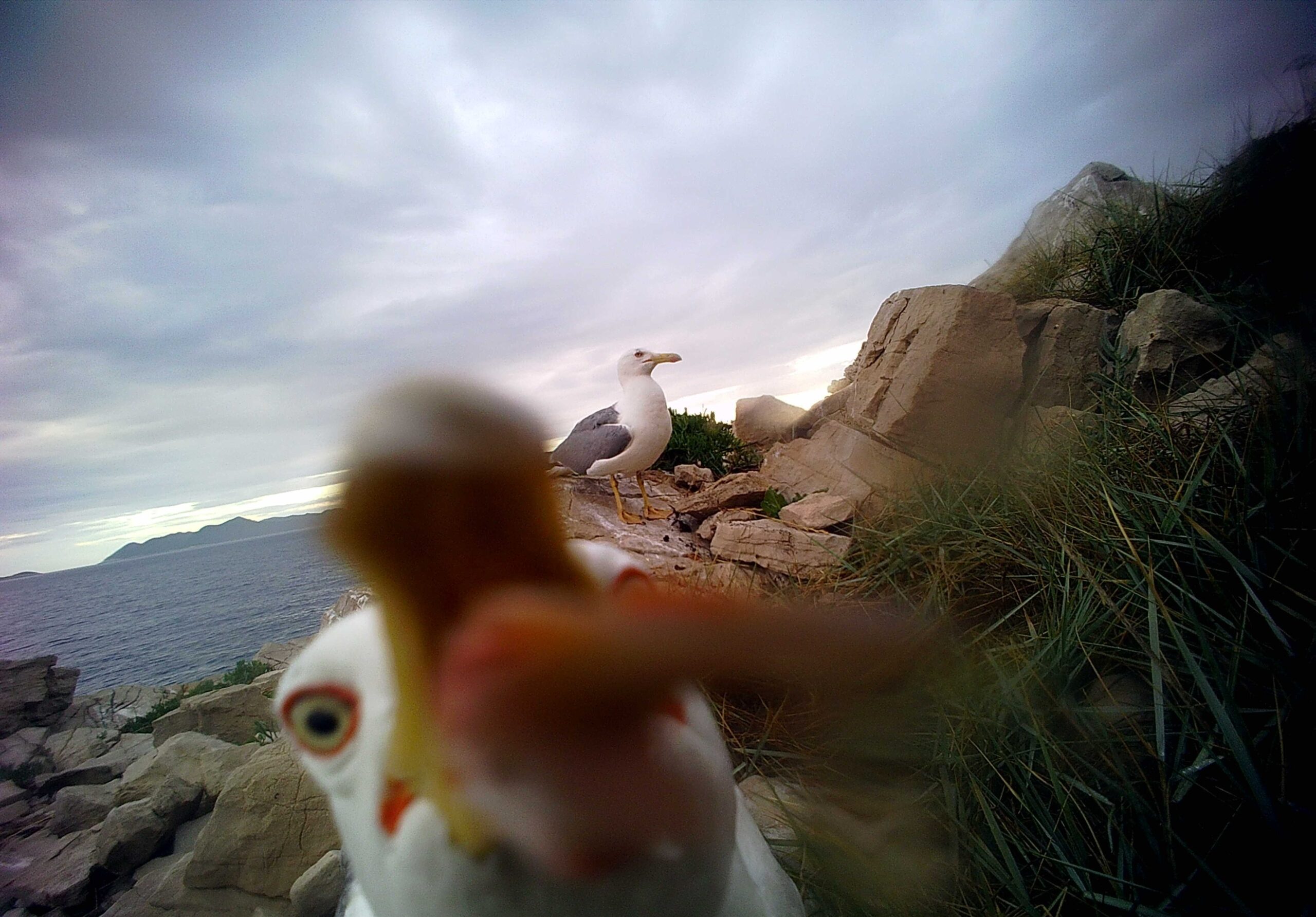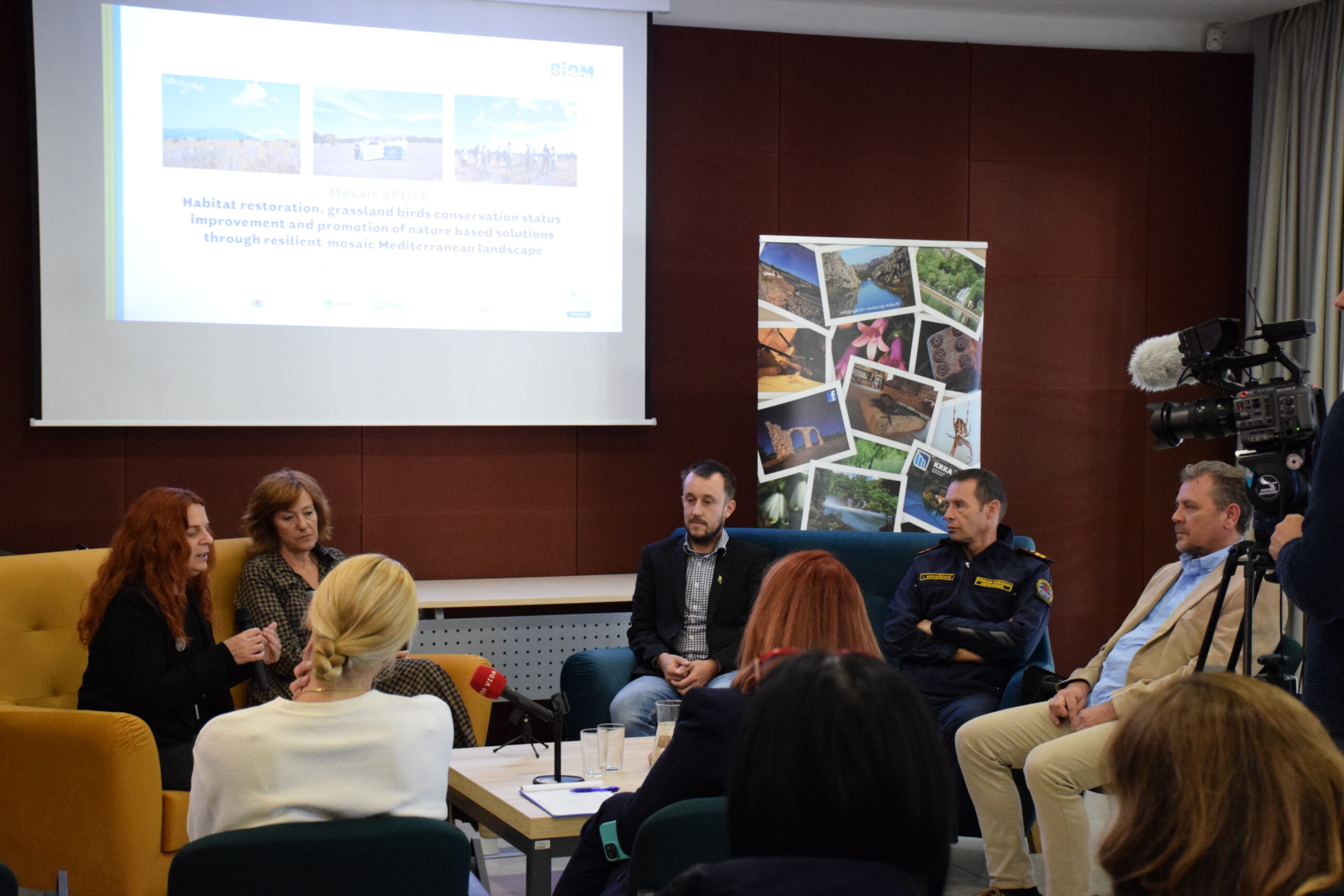The result of this year’s monitoring of the nesting population of the Griffon vulture (Gyps fulvus) in the Kvarner region, which has been carried out for many years, confirmed the sensational news – the population of the endangered species of Griffon vulture in Croatia, which until recently numbered around 130 pairs, thanks to significant efforts and investments in their recovery, is again expanding and progressing! A positive trend has been noted for the last few years, but the number of 152 breeding pairs that started nesting in the Kvarner area this year is a record for this century!
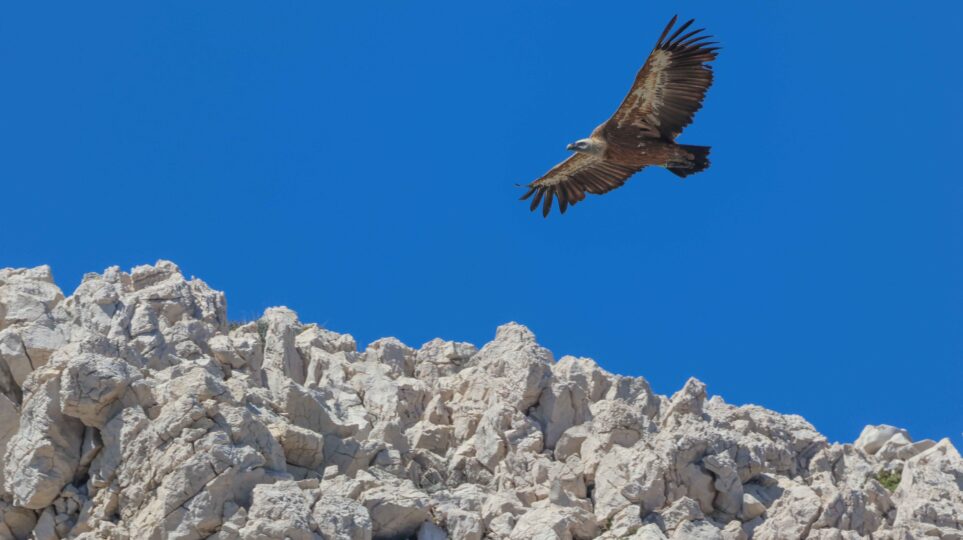
This news is extremely significant in the context of nature conservation in Croatia, where Griffon vultures represent the last remaining species of scavenger birds. Namely, the other two species that lived in our country became extinct in the 20th century. As recorded in the Red Book of the Birds of Croatia, Cinereous vulture (Aegypius monachus) became extinct in the first half of the 20th century, and the Egyptian vulture (Neophron percnopterus) in the early eighties of the 20th century. The Griffon vulture, once widespread in almost entire Croatia, at the end of the 20th century survived only in the area of the Kvarner Islands.
The main cause of the extinction of these magnificent flyers is the gradual abandonment of livestock breeding and the associated abandonment of grasslands. Unintentional poisoning, which occurs as a result of setting poisoned baits for livestock predators such as wolves and jackals, additionally finished off scavengers in a large part of Europe, including here. On the pastures of the Kvarner islands, vultures survive thanks to extensive livestock farming, but today there are fewer and fewer sheep, so there is less food for vultures (sheep carcasses). That is why the survival of vultures today largely depends on the food that is specifically and regularly deposited at feeding grounds for vultures organized by the County Public Institution “Priroda” on Cres and on Mount Učka, which is managed by the Public Institution Učka Nature Park, where a few years ago the vultures returned again to nesting sites after almost 100 years of absence.
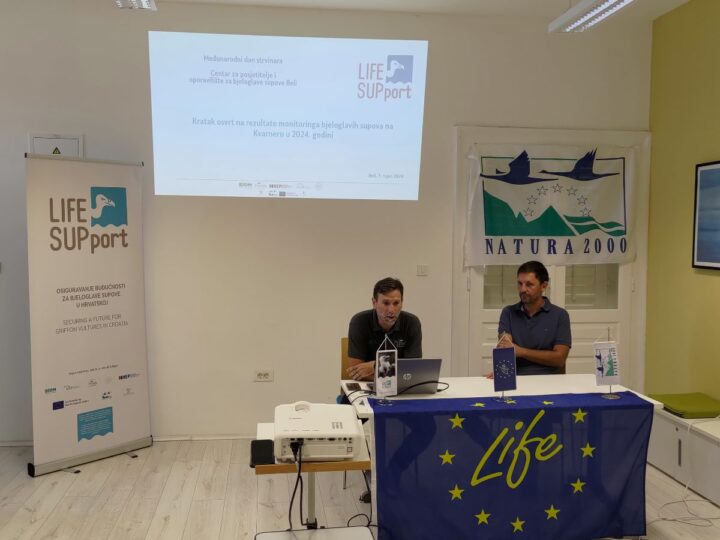
“The recently conducted monitoring of active nests as part of the LIFE SUPport project showed that the conservation measures that have been implemented for the past few years with the aim of recovering the Griffon vulture population continued to give good results, and we expect that this new positive trend will continue in the future,” said Dubravko Dender, manager of the LIFE SUPport project from the Biom Association. The partnership of the LIFE SUPport project along with Biom Association as a leading partner consists of the Public Institution “Priroda”, Vulture Conservation Foundation, HEP Distribution System Operator (HEP ODS), the Agricultural Cooperative Island of Krk and as an associated partner the Directorate for Nature Protection of the Ministry of Environmental Protection and Green Transition. The previously established threats to the survival of the Griffon vulture in Croatia continue to be mitigated by the coordinated action of project partners through the LIFE SUPport project, so there are quite a few reasons to expect a continuation of the positive trend.
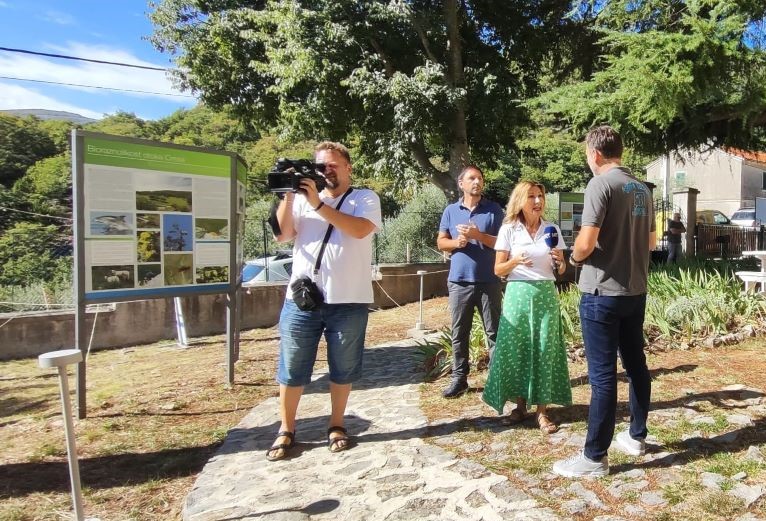
“The public institution “Priroda” for the management of protected parts of the nature of the Primorje-Gorski Kotar County has been intensively working and cooperating with numerous stakeholders for the preservation of Kvarner vultures, both through the operation of the Vulture Rehabilitation Center in Beli, as well as the management of the Cres feeding area and the implementation of population monitoring itself. It is important to emphasize the local community, which cares extremely about these magnificent birds, which have become a kind of symbol of nature conservation and a trademark of the entire region. That’s why it’s not surprising that it was local residents who gave us the first information about the discovery of new and important nest locations on the cliffs near Brseč and on the island of Rab,” revealed Marko Modrić, director of the Public Institution “Priroda”, a partner in the LIFE SUPport project.
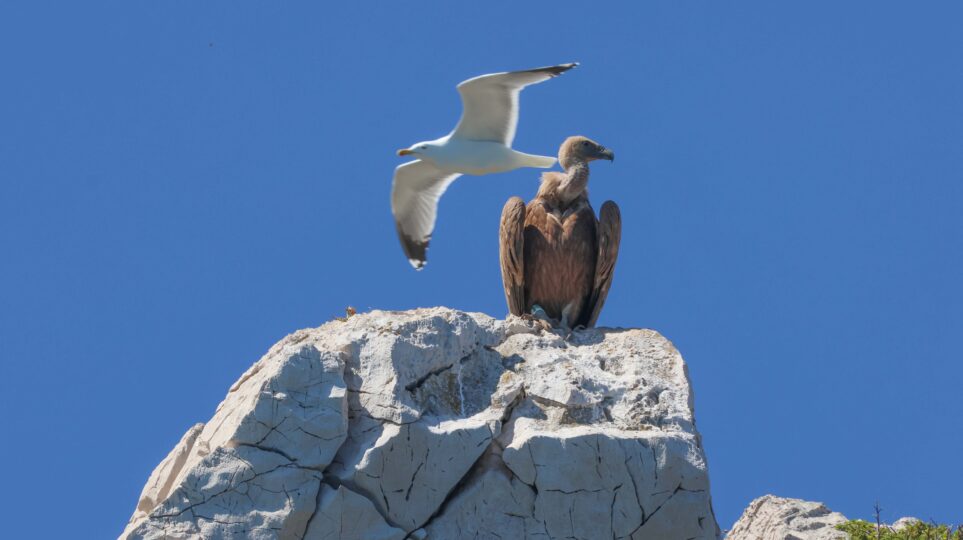
In the past, Griffon vultures nested all over Croatia, from Učka, Primorje, the Kvarner Islands and Velebit to the canyons of certain Dalmatian rivers, the islands of Brač, Biokovo and part of the Dubrovnik coast, and there were also some in Slavonia. However, with the last breeding pairs disappearing from the Croatian mainland at the end of the 20th century, the entire autochthonous population of griffon vultures in Croatia was until recently limited to only a few Kvarner islands – Cres, Krk, Prvić and Plavnik.
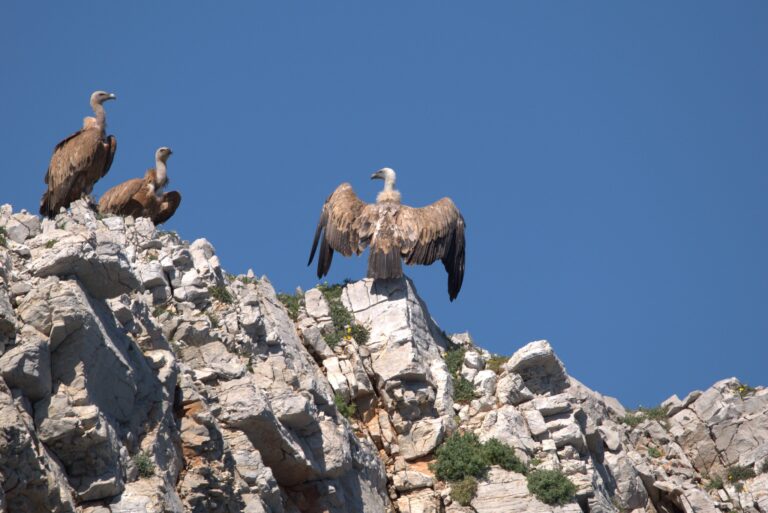
The five-year-long project LIFE SUPport, co-financed by funds from the LIFE programme of the European Union, aims to improve the nesting and survival conditions of the last remaining population of Griffon vultures (Gyps fulvus) in Croatia. The increase in numbers is the first important step in re-populating this species in the historical breeding areas on the Croatian mainland and connecting it with other populations of Griffon vultures in the Alps and the Balkans. The most important threats targeted by the LIFE SUPport project are disturbance during nesting, lack of food, poisoning and death due to electrocution on power lines.
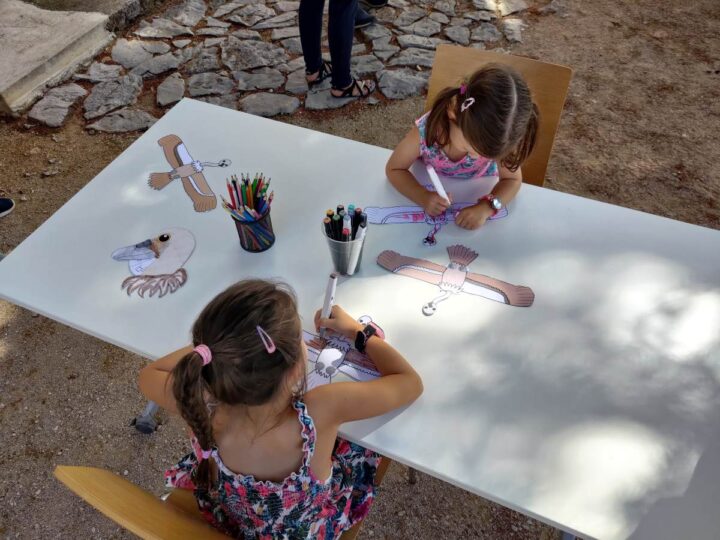
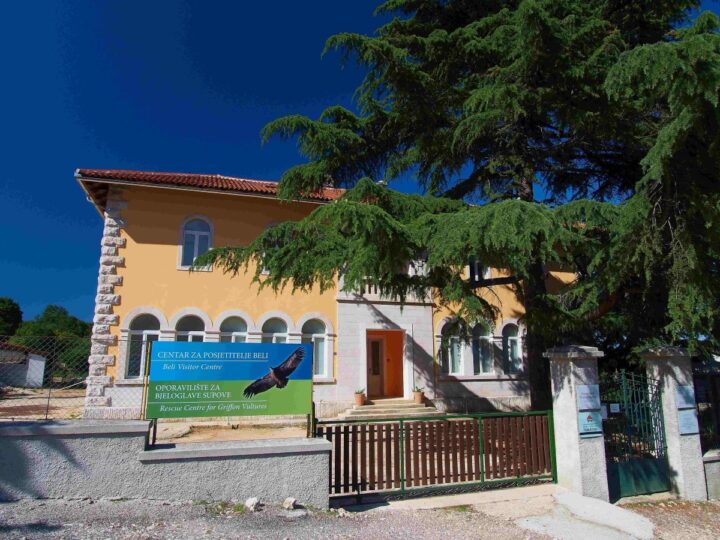
International Vulture Awareness Day (IVAD) is celebrated around the world every year on the first Saturday in September, with the aim of raising awareness among the general public about the threats and challenges these birds face, at the same time emphasizing the free ecosystem services provided by these “flying hygienists”. Namely, scavengers play an extremely important role in ecosystems because by feeding exclusively on dead animals (carrion), they help prevent the spread of various diseases.
